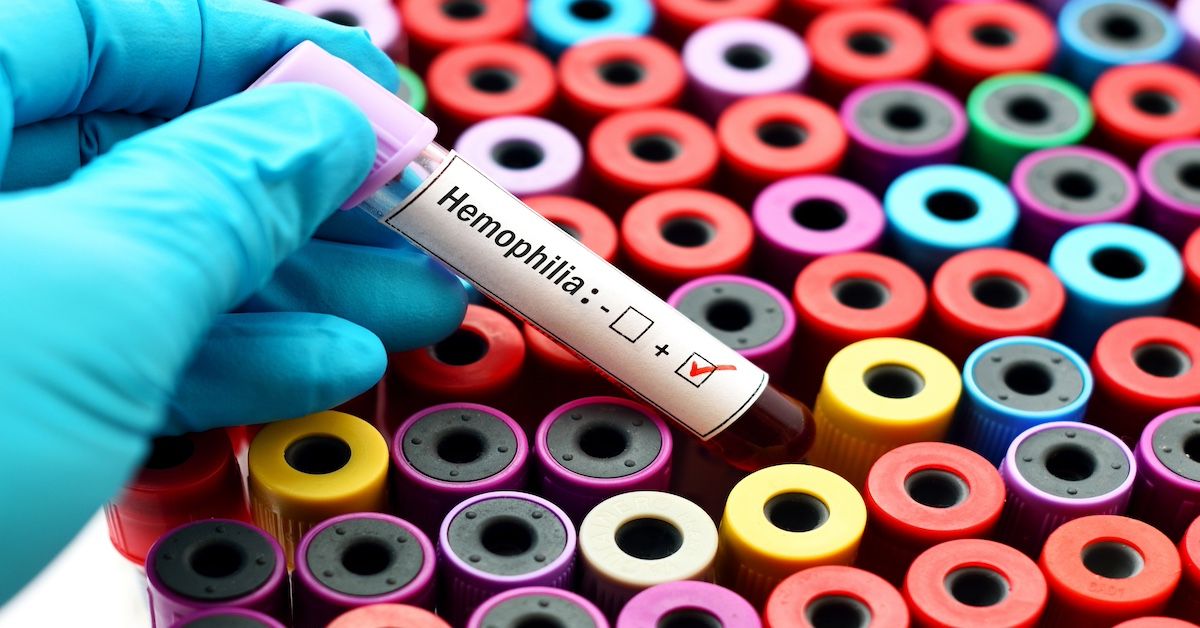Article
Case Report Highlights Diagnostic, Treatment Challenges of Concurrent TTP, RCC
Author(s):
The researchers noted that their paper is the first, to their knowledge, to report on a case of thrombocytopenic purpura (TTP) in a patient with metastatic renal cell carcinoma (RCC).
Authors of a new study published in Cureus have detailed a rare case of thrombocytopenic purpura (TTP) in a patient also diagnosed with advanced renal cell carcinoma (RCC), highlighting the diagnostic and therapeutic challenges that come with a concurrent diagnosis.
The researchers noted that their article is the first, to their knowledge, to report on a case of TTP in a patient with metastatic RCC.
“The manifestation of TTP in the background of a newly diagnosed RCC in our patient is quite peculiar. It is unclear whether RCC has any causal relationship with the TTP seen in our patient. RCC is known as an ‘immunogenic tumor’ based mainly on the positive response of IL-2 or interferon-alpha interferon- α (IFNα) on the tumor,” the researchers wrote.
“For non-clear-cell RCC variants, response to checkpoint inhibitors suggests a dominant immune component in them as well. More commonly, immune-mediated ITP has been reported in a handful of cases of RCC. However, to our knowledge, to date, there has been no report of TTP in a treatment-naive RCC patient.”
TTP belongs to a heterogenous group of diseases called thrombotic microangiopathies (TMAs), which are characterized by microangiopathic hemolytic anemia, peripheral thrombocytopenia, and organ failure.
The concurrent immune-related TTP and RCC diagnosis was made in the 42-year old African American man after he presented to the emergency department with slurred speech and confusion, citing several other symptoms occurring in the weeks prior. Lab work revealed low hemoglobin, a platelet count of 23,000 per microliter, elevated reticulocyte count, slightly elevated lactate dehydrogenase, and low haptoglobin. CT imaging showed a renal mass while additional lab work showed functional deficiency of ADAMTS13 (at 3%)—a defining feature of TPP—with an inhibitor level of 2 BEU.
The group highlighted the challenges of accurate TPP diagnosis among a patient with cancer, noting, “Often, a cancer diagnosis may not be clinically apparent at the time of presentation. Plasma ADAMTS13 activity levels are useful to differentiate TTP from cancer-related TMAs, but the result may take days. Therefore, patients with cancer-related TMAs may be hastily and incorrectly diagnosed with TTP and subjected to plasmapheresis, which is not beneficial. On the other hand, a concurrent cancer diagnosis in a patient with microangiopathic hemolytic anemia and thrombocytopenia may lead to suspicion of disseminated malignancy and a delay in the initiation of therapeutic plasma exchange (TPE).”
The group also emphasized the challenges associated with determining TTP treatment among a patient diagnosed with RCC. Recommendations set by the National Comprehensive Cancer Network stratify treatment based on both histology and risk group. Preferred first-line treatment regimens include axitinib (Inlyta) with pembrolizumab (Keytruda), cabozantinib (Cabometyx) with nivolumab (Opdivo) for clear-cell type, and lenvatinib (Lenvima) with Keytruda for clear-cell type. Recommended options for patients of poor or intermediate risk include ipilimumab (Yervoy) with nivolumab (category 1), as well as cabozantinib (category 2A).
In the current case study, the tyrosine kinase inhibitor cabozantinib was chosen as treatment because of the patient’s immune-related TTP, making him ill-suited for immunotherapy treatment. According to the researchers, the patient responded well to cabozantinib and the treatment was well tolerated.
Reference
Bhandari A, Pokhrel B, Oli P, et al. A rare case of thrombotic thrombocytopenic purpura (TTP) with concurrent renal cell carcinoma: diagnostic and therapeutic challenges. Cureus. 2023;15(5):e39494. doi:10.7759/cureus.39494





